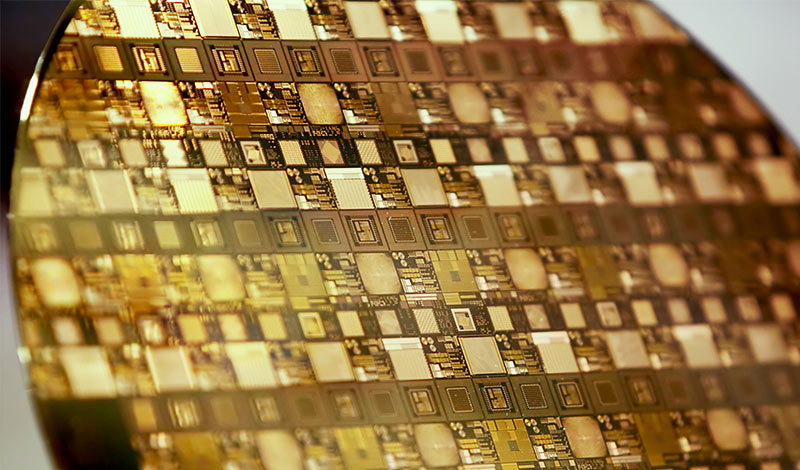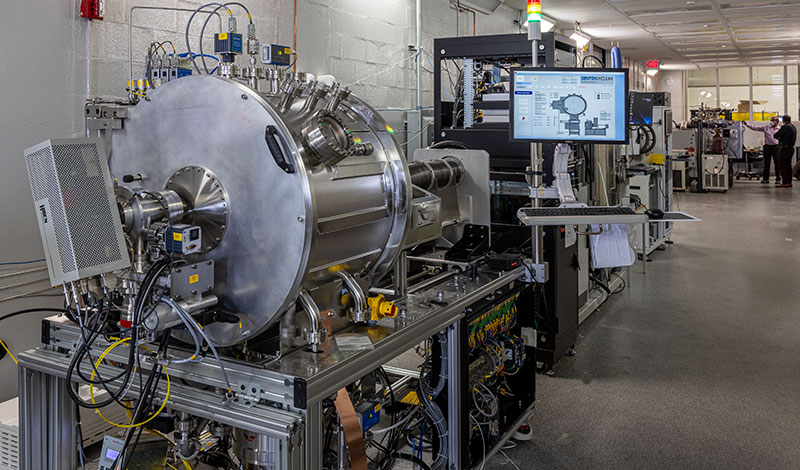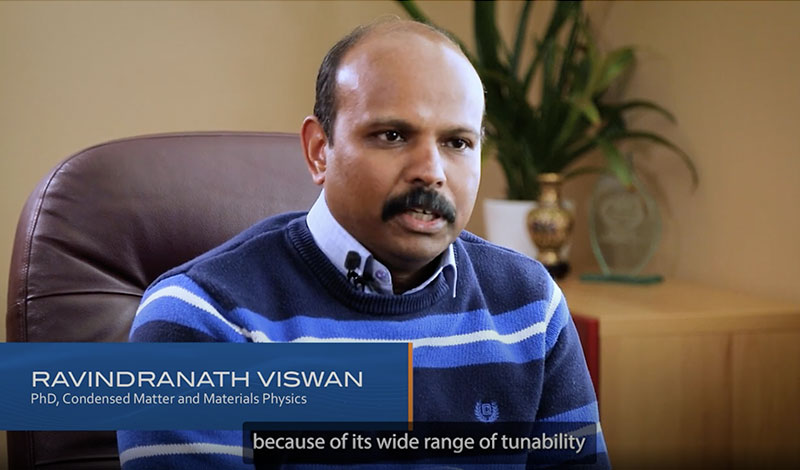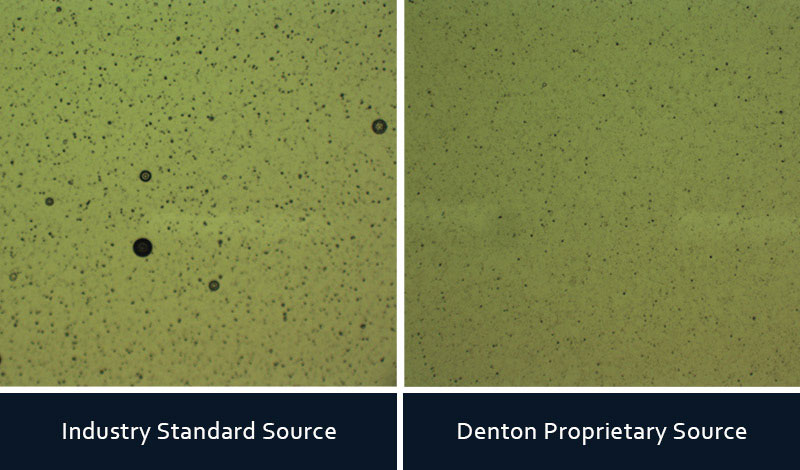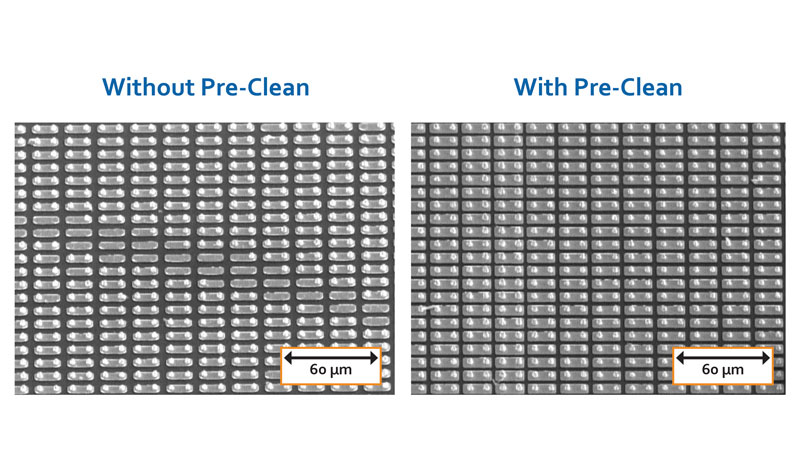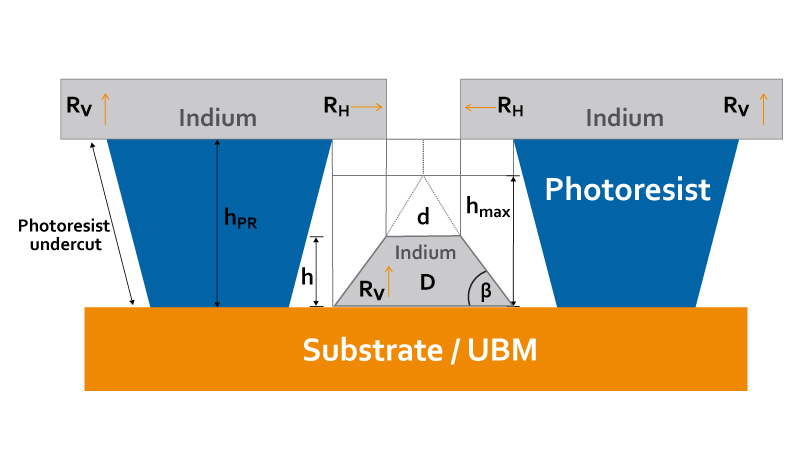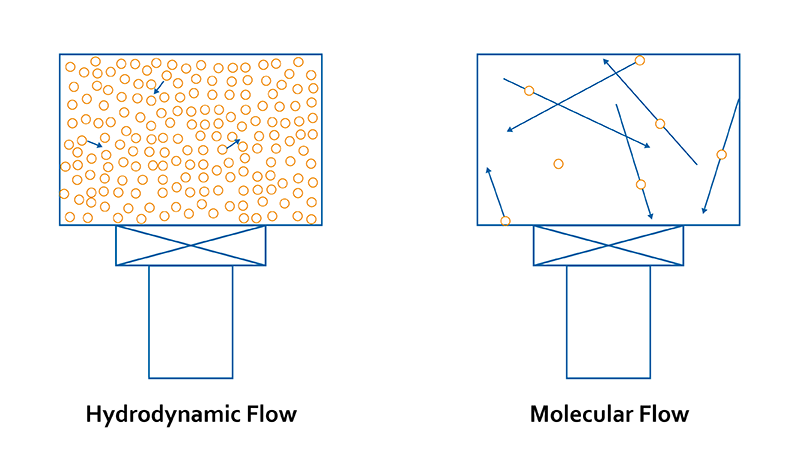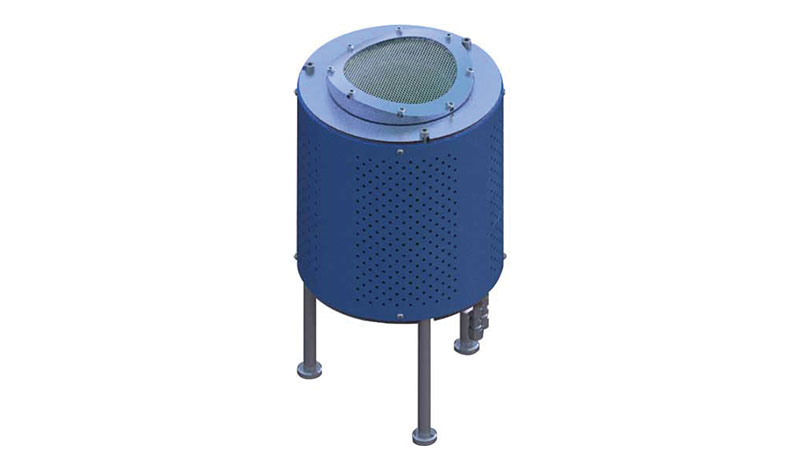Posted on
The goal of any thin film deposition method is to create a high-quality uniform film across the entire surface of a substrate. Unfortunately, defects such as spits, particles, and voids can interfere with your ability to reach desired film quality. If necessary, there are ways to adjust a manufacturing process to eliminate such defects and… Read More

